I have been the proud owner of a classic Mini Cooper for over 6 years, it has been the only car that I never got tired of. So recently when I was asked by a student working on a college project why I feel the new MINI, in spite of all its success, has not really captured the same rabid following of the original, it got me thinking… there are MINI Problems. Me digging in is dangerous because then I start reading and looking up data and the end result is a really long blog post about how I would fix the MINI brand. Not that anyone is asking me.
If you don’t know my background, basically I am an entrepreneur who got my start working in the automotive industry, both the aftermarket and at the dealership level. Today I have a few companies some are design and fashion-oriented where I serve as the Creative Director, others including this site are media, and my consulting firm that still works in the automotive community, mostly in branding and marketing. So I am looking at MINI through my nearly 20 years of being a rabid car enthusiast and as a consultant that works in the automotive arena.
MINI Problems: Reliability
Now let me preface this by saying that I really do love the MINI brand. Since it came out, I saw it as a great extension of the original car. Plus it was really the next step that the Brits were going to take themselves. Most people don’t know that Rover really was behind much of the design of the MINI relaunch before BMW took over. So modern MINI has more British roots than just the name after being bought up by Zee Germans.
Now the student says that his study focused on a recent decline in MINI customer loyalty. Personally, I don’t know if MINI is having customer loyalty issues, but it is not far-fetched with the slew of issues MINI has faced in recent years. One of the biggest issues has been reliability. In fact, MINI took the crown last year in Consumer Reports Least Reliable Brand report, which does not help. It was not just Consumer Reports giving MINI a flogging over reliability, other consumer sites have also run MINI through the wringer, on one such site 70% of users gave their MINI experience a single star out of five.
 |
| Via ConsumerAffairs.com |
Reliability issues might come as a shock to people outside the MINI community. I’m sure most people look at the price point and hear through the grapevine that MINI is made by BMW and assume that they are the stereotypical flawless German machines. But as someone who happens to spend far too much time on MINI forums and club events, the community is not happy with a laundry list of issues, from timing chain problems, oil leaks, automatic transmission issues, electrical failings, etc… this coupled to the high cost of repairs (think BMW) has many consumers, even those who are enthusiasts fleeing the MINI brand.
I know several former MINI owners, sadly the drop in sales that is not just my perception or isolated to my circle of acquaintances…but a trend. The February 2014 number show MINI’s US sales were off almost 43% over the previous year. This was headline news on all the automotive news sites. Now some of this was due to dealers not carrying a lot of stock as the new 2014 hatchback was arriving and who wants a bunch of 2013’s hanging around, which seems to be one of the main reasons being floated by those loyal to MINI, and that makes sense. The hatchback is the staple of the MINI lineup and not being on the lot would have a major effect on sales, but the Countryman MINI’s other top seller was off a whopping 17.6% over the previous February. The Roadster was down 47.5% and the hardtop version the MINI Coupe was down over 33%.
The “2014’s were coming” story does not hold up and when you look at the trend over the years, in fact, the numbers only get worse. The drop off in US sales is dramatic, the MINI brand in April 2011 MINI sold 4,737 MINI Coopers…this past April they only sold 2,176. That’s nearly a 55% drop in sales….what could be causing MINI sales to fall off at this pace? In my opinion, it is a combination of things.
I think that “You-ification” as MINI calls it, is a major problem. It sounds so cool, I mean, really it’s all about YOU. I have an image of Shirley Maclaine sitting on a beach yelling “I AM GOD” while ordering her custom MINI on an iPad…It is pretty disturbing. The problem comes when you go to find one like you configured online, many times tracking down the car you built online can prove frustrating. I did this building basically a modern version of my classic MINI, and nothing was available locally that matched it. The color, the options, the wheels, I could not get what I built online…unless I ordered it. How many people really want to wait 6-8 weeks for a car???
 |
| Ad by MINI promoting the 10 million ways to configure a car. |
The entire concept of “You-ification” sounds like it was engineered for this generation of “participation” award winners and beard primping hipsters who have been told everything they do is creative and amazing. But do they really need 10 million options? The problem is this endless cornucopia of combinations means you are starting the buying experience with a heightened expectation of a car that likely does not exist. As someone who worked at the dealership level, this is a nightmare for the car sales team on the front lines.
.jpg) |
| That’s me in the blue shirt in the middle, back when I was the internet sales manager in “the car business” |
I was with a big Ford/Lincoln/Mercury dealership here in Southern California when Ford was all about the “mass-customization” business model, basically a less flowery way of saying “You-ification.” We would get endless streams of customers who had visited the newly christened “BUILD YOUR CAR” option on the website, and they would call, email, or show up looking for such wonderful cars as an “Alloy Metallic, with Red Leather Interior Package, Mustang V6 Coupe with a manual transmission”. Guess how many rootbeer brown with red leather Mustang V6’s there were in stock anywhere… zero… and there was a really good reason for that…the car would look terrible. Then you had the neverending list of stand-alone options that Ford, Lincoln, and Mercury offered, this resulted in having to rob options off cars in stock leaving managers to sort out a massive stack of addendums to adjust window stickers.
When the brand pushes “mass-customization,” and it’s all about “You-ification,” it means you are likely to never have the right car with the right options on the lot. Now a good salesman can make it work, but it makes it that much harder, it damages the buyer’s experience because they are immediately faced not being able to get the car they have built online… that is unless they order it and wait 6-8 weeks. With MINI offering 7 Models, countless body/roof paint combos, never-ending dash options, too many interior material choices, etc., it gets to be a little much. MINI has the profoundly talented Anders Warming at the helm of their design team, they don’t need every customer to become a designer.
All those optional extras add up really quickly too. If you were to adjust for inflation the price of a 1959 Austin Mini to today’s dollars, the base price would be just under $6,800. Now granted we have airbags and crumple zones and air conditioning, etc…But the Mini became an icon because it transcended all socio-economic barriers, it was the car that the local school teacher drove to work and that Royalty drove around South Kensington. Enzo Ferrari, Steve McQueen, Peter Sellers, James Garner, George Harrison, and countless other celebrities all drove Minis, and the cool thing was…you could too. They were inexpensive enough to have as a second car in the family, or as a weekend fun car for the swinging single man about town. But today MINI has branded themselves so far upmarket with cars that can cost as much as $50,000 it puts them out of reach of the bulk of consumers.
MINI Problems: Brand Loyalty
If MINI is having brand loyalty issues it is because they have priced themselves to attract more “last-time buyers” than “first-time buyers”. According to Strategic Visions, the median age of a Mini buyer is 48 years old. That is going to be a problem in the long run, because if you are attracting customers in this age group it means that they are not enthusiastic loyalists who have been buying MINI since day one. Sure you will have some repeat customers from the first generations of the new MINI, but according to a study by Polk, the number of new cars Americans are buying in their lifetime has slipped by 27% since the recession first bulldozed the economy.
Before the recession Americans bought on average 13 new cars over their lifetime (about one every 4 years), now they buy around 9.4 (one every 6.3 years). So if you are appealing to an average age of 48, their next new car is likely going to be some kind of midlife-crisis-mobile impress to their 3rd wife or if they are preparing for retirement and eyeing a gold Lexus sedan. The trends show that retirees are buying mostly mid-sized to full-sized sedans, not sporty European hatchbacks, I mean how are you going to take Midge and the girls to the bridge tournament in a MINI?
Jim McDowell, who at the time was Vice President of MINI USA said in a 2013 interview with Automotive News that psychographics are more meaningful measurements for MINI. MINI buyers give high ratings to “having a lot of gadgets,” eating gourmet food, traveling abroad, and driving for the “sense of freedom,” according to a study commissioned by MINI. That is all well and good, but to me having an $800 a month payment does not equal a “sense of freedom”. Plus who the hell doesn’t like gourmet food and traveling abroad? They might as well say “MINI buyers give a high rating to breathing oxygen and having indoor plumbing”. The mistake that MINI is making, in my opinion, is that it seems to be a core principle of MINI that the above things should only be accessible to the elite customers they are choosing to sell cars to, instead of MINI becoming the average persons portal to that world. A Civic can transport you to work, but a MINI can transport you to Monaco (while you are on your way to work), this should be their battle cry.
 |
| The Mini that started it all for me, in Cassis, France. |
My passion for the MINI brand came from my own trip abroad while eating gourmet food, it was 2004 and I was piloting a Peugeot 206 across Europe after quitting my job to take some time to explore the world. Somewhere along my 18,000 km journey across the continent, I found myself in the seaside town of Cassis, France. I immediately fell in love and spent several days touring the coastline and villages in the surrounding countryside. Parked on the street across from a little restaurant I frequented was a British Racing Green Mini Open Classic, it was ideal for the small winding streets of Cassis. It had a massive retractable roof so you could soak up the Mediterranean sun as you cruised around 1,000-year-old villages. I was so struck by the car that I suddenly became disappointed with my little 206. I wanted a Mini badly, it was a memory that would stay with me for years. So when I returned to the US, I got another job, got a Peugeot 405, a Focus, a Puma GTE, a Fiat 850, and half a dozen other cars. But I always longed for a Mini with a massive hole in the roof. So I started to look for one, at the time they were not as common here in the states, but after a long search, I found one almost exactly like the one in Cassis. It is the first car I kept for more than two years…every time I get behind the wheel I am instantly transported to the coast of France and I can’t help but smile when I drive it. That is what MINI should strive to make every driver feel like.
The problem with the new MINI is that young people aren’t making those memories, the first car the fall in love with is a Honda, Ford, or Scion. They don’t connect to the MINI lifestyle and even if they do want to own a MINI, many can’t afford one. The reliability and cost of maintenance have made the masses shy away from used MINIs. Plus with more and more young people avoiding getting their drivers license, or just riding their bicycles, or just sleeping in their parent’s basements avoiding the harsh realities of the post-high school experience; brands have to connect at a deeper more authentic level to capture the shrinking pool of first-time new car buyers. Fiat missed the boat on this as well when they launched the 500, but that is for another story.
So you are a first-time buyer, just the average college-age student/entry-level worker, who makes extra money selling booze brought over from Canada…and you are looking to buy a new car to get you through the next 4 years, it’s likely you are making $10 to $20 bucks an hour or in some cases less. You don’t have a choice but to seek out value, fuel economy, low cost to insure, if you are looking at a new car at all. The MINI checks of a lot of those boxes, but when you think of MINI, value is not something that springs to mind. Again this is not just my opinion, there are studies that backed up my assumption. A brand perception study from the University of Portsmouth, confirms that MINI’s brand has some shortcomings in consumers’ eyes. The top keywords associated with MINI were Sporty, Fun, Trendy, Stylish, etc… but Value, Quality, and Functional did not even register with participants who were mostly college students, not a good deal when you are looking for long term customer loyalty.
So in search of value, I went to a local Auto Mall to see what the least expensive MINI on the lot was. I had some time to kill while our Lexus was in getting serviced anyways so I started to walk the auto mall pretending I was a struggling student or recently paroled felon (depending on the car salesman that approached me) looking get a car for the first time. I needed something cheap and with good gas mileage. (it was a slow Thursday morning so car sales guys don’t hate me too much). Looking around the MINI dealer lot, being ignored by the staff, I discovered the most basic MINI they had in stock was $22,095. On it’s own its not a bad price for a new car, I honestly was expecting the least expensive MINI to be around $25K. However, as you keep on walking around the auto plaza the price seems to be out of touch with the reality of today’s marketplace.
A Fiat 500 Pop with a $2,000 factory rebate has a MSRP of just $14,995, a Ford Fiesta $17,530, Kia Rio $14,915, Scion XD $17,814, Nissan Versa $15,035, heck you can even get a VW Jetta sedan for $17,140. All of a sudden you start to see that the MINI has priced itself out of not just its own segment but in some cases a few segments. Mr. Duncan (MINI USA’s current VP) you can eat a lot of gourmet food while taking a great trip abroad or drive a lot of miles to find a “sense of freedom,” with the $7,100 you save by buying the Fiat 500. Now I know MINI would like to believe that there is no way that a sophisticated, educated, good looking, bluest of the blue blood MINI customer would consider buying a Fiat, the problem is that (as anecdotal as it is) in my circles I know three people who chose a Fiat over a MINI. The main motivating factor…price, they can buy a Fiat Abarth and have thousands of dollars left over to spend on true “You-ification”.
MINI, MINI, MINI Problems
.jpg) |
| I was not joking the MINI and Evoque are the same size. Photo via NorCalMINIs |
The other issue I think MINI is facing right now is one of identity. You have all these cars called MINI but some are basically the size of a Land Rover. The badge on the back of the MINI Countryman would nearly span the entire decklid of my Classic Mini. It looks like it should be hanging on the chain of a rapper from the ’90s. The new MINI Superleggera concept while interesting and beautiful in its own right does not fit most people’s ideas of what MINI is and should be. The amount of hate that has been spewed via Social Media about the car was kind of surprising to me. Such an amazing car, but it seems to have missed the mark with the MINI purists.
 |
| Fiat 500L and MINI Countryman, both cars are lost… via MSN Autos |
There is always a balance that must be maintained when dealing with a heritage brand, even one like MINI, which has been so completely reinvented. As someone who works in design within the legacy automotive space I understand you have to blend the modern with the classic, it does not need to be how it was, but it needs to be how your audience remembers it, or how they imagine it. It seems MINI has lost a little touch with that concept, at its current pace the new MINI nine-passenger tactical assault vehicle will be introduced sometime in 2019.
When I (and many other people) think MINI and I think small, sporty, urban, good economy, style, but the MINI really does not deliver on that expectation with its new models that look more like the ghastly Fiat 500L and terrible Hyundai Veloster. Scaling up MINI is the equivalent of what HUMMER tried to do in reverse, the original Humvee was an icon because it did what it was designed to do. It was capable, rugged, had masculine, utilitarian looks, and was a status symbol on the street. So when the team at HUMMER tried to sell us cheap plastic knockoffs festooned with fake “off-road” equipment, they failed and went the way of the Locomobile. There was no real reason why GM could not have offered a vehicle more true to the identity of the Humvee but on a smaller scale, but they strayed too far from the roots that gave the brand value.
I think people were hoping for more authenticity from MINI as the brand grew, it seems that the MINI team believes that somehow plugging into any passing hipster fad is how the brand can stay relevant. While ignoring that the classic Mini soldiered on for over 40 years by just being what it was… an excellent, inexpensive car that was a blast to drive. Be it incomprehensible “street art” or “The King has no clothes” fashion trends, it seems MINI’s marketing team can’t pass any fad up. While that does play into the elitist brand image MINI loves so much, how much of that branding noise is really working its way into the consciousness of your average consumer? Most people I know have never even heard of the MINI Space website. In an informal survey of my employees, friends, and family none of them had any idea that the site existed. It seems so much effort is being placed on being cool with the cool kids that the average buyer who will be buying a new car every 6.3 years and true car enthusiasts are an afterthought. MINI Space is cool, I like the art, food, travel, music, fashion, but I also like cars… most consumers don’t really care that you have a cool art car on display in an obscure Hong Kong gallery by an up and coming street artist with a name that is a combination of numbers and letters, they do care that the MINI is $7,100 more than the Fiat 500 and no one can really make the case why.
Another example of this disconnect is the MINI GP, instead of offering a barebones performance MINI Cooper S that average enthusiasts can buy, we get the $40,000 MINI GP, oh but that is if you happen to get one of the few built, every 7 years or so. Out of all the “You-ification” that MINI offers you can’t get a lightweight stripped down Cooper S to take out on the weekends and properly flog around Willow Springs? John Cooper would not approve.
There is something profound and pure about a really good cheap car. That is what the original Minis success was built on, it was cheap, but it was really good. It is why the Kia Pride (Ford Festiva) was in production in one form or another from 1986-2003, it was good, cheap, honest transportation, and swap a Turbo Capri motor in and it would take off like a scalded ape. It’s why the 1991 Nissan Sentra is still in production around the world, its a great inexpensive car. The Mini was the same, it became an icon because it was the car for everyone and it was excellent at everything it did. It offered style without pretense, economy without compromise, value without stigma, those are the things that take common cars and make them into icons.
 |
| Screen Shot of the John Cooper Works Roadster fully loaded… $50,029 MSRP |
The $50,029 MINI Roadster that I built is the perfect example of how distant from its roots the brand has drifted. When the Mini launched in 1959, a basic Mini sold for about $500-$700 USD, while a Porsche Speedster was nearly $3,000. That means a Porsche was dramatically more costly than a Mini… kind of seems about right. But today, versions of those cars are comparably priced…and to spend $50K on any new MINI should be a committable offense. Once you get to the $50K range your choices include a number of really great cars like the Porsche Boxster, BMW Z4, Nissan 370Z NISMO, Audi TTS, Mercedes SLK, or a host of other automotive legends.
MINI might be seeing a loss in return customers for that very reason, is because most people when they trade in a car want something different or just don’t see the value of moving upmarket in a MINI. If they have bought into the brand in their forties they are not going to particularly brand loyal anyways, so MINI in an effort to capture those trade-ins inflated the size and number of doors and called it a MINI. What MINI does not seem to grasp is that their buyers are not Ford truck buyers who’ve had six generations of Ford truck buyers before them, they grew up driving a Ford truck, so they buy a Ford truck almost as an innate reflex. No one grew up driving this modern version of the MINI, hardly anyone in the US grew up driving an original Mini, so when it comes time to trade in that MINI and upgrade they have no real reason not to be looking at what other brands have to offer at those price points, I know I would.
How would I fix the MINI Problems?
Firstly I would simplify, MINI needs to give customers clearer packages and price points. This should also lower their overall production cost as well by streamlining the building process and might allow them to at least hold their pricing at current levels. Ford did this by grouping popular options with great success, it made ordering cars and finding cars with the equipment customers wanted much easier. It also made it easier to switch a customer to a car if you were only overcoming one issue like color, or premium sound, instead of a massive list of must-haves that are all stand-alone options.
I would also introduce a lower price point, MINI Cooper, we’ll call it the MINI Play, minimalist and basic the car would offer timeless style like the Nissan Figaro, this car could be offered in the US as a head to head competitor with the Fiat 500 on price. It could also be the introduction of the MINI brand on a larger scale to emerging markets. As someone who likes to travel a lot, I have seen first hand how developing nations are buying KIA, Toyota, and horrible cars from China at a breakneck pace. There is an emerging car culture that is also growing fast in places like Jakarta, Managua, and San Salvador, where the MINI Play would be a popular choice and fulfill the original purpose of the Mini brand. The base market cars could also be expanded to include a version of the Play with a large retractable fabric roof, like my classic Mini, or a barebones sports model for the weekend warriors.
 |
| Mini Play, no HID’s Lights, Alloy Wheels, or Chrome Trim. Basic Transport with MINI Style |
I would do away with the CD player and just have a USB-port with an AM/FM Tuner. Have the simple central gauge pod making the interior universal for left or right-hand drive. Make Air Conditioning, Power Windows, and Central Locking standard. Pick five colors, all coming with a white roof and mirrors. Go with a rubberized floor covering, cloth interior, and give it a simple fold-flat rear bench seat, with manual front buckets. Wrap that car up with a KIA like a warranty of 100,000 miles and you have a car that can go head to head with the Scion and Kia brands. Capturing younger buyers is the only way that MINI will build a core of loyal customers. So when, after 6.4 years, go to trade in their first MINI the Cooper S is a real upgrade or the Countryman is a better fit for their growing family.
Sources:
Consumer Reports 2013 Reliability Story
Sales Data
Automotive News Story
Americans Buying Fewer New Cars in Lifetime CBS/Polk
University Study





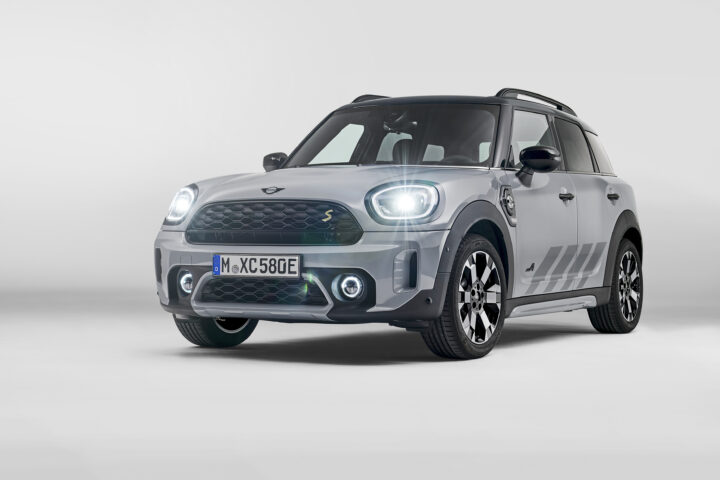


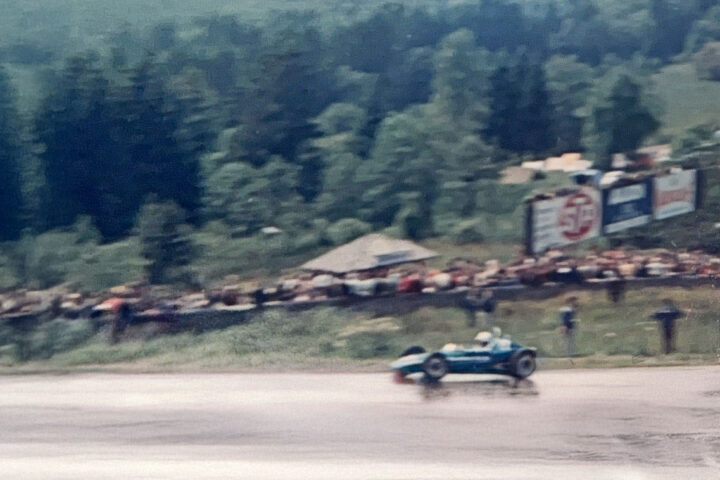

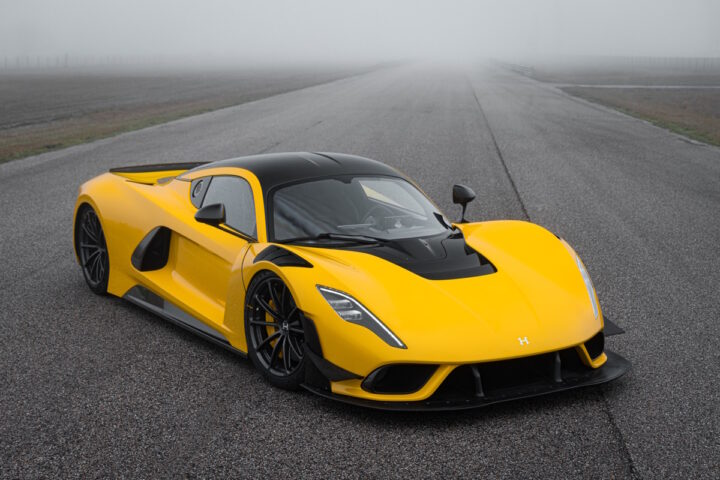
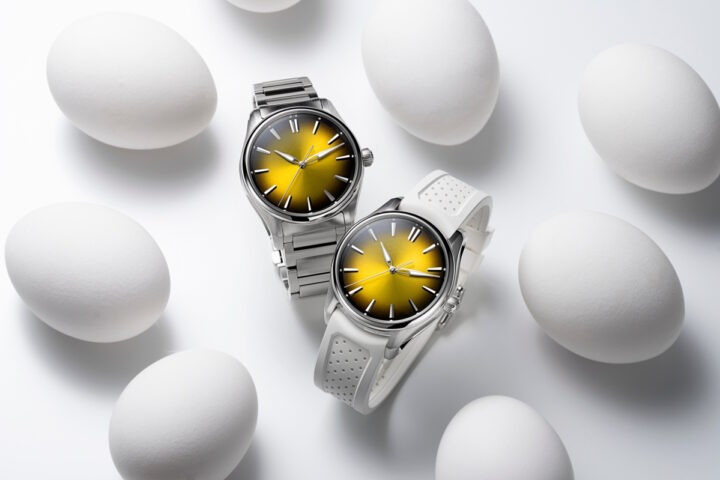
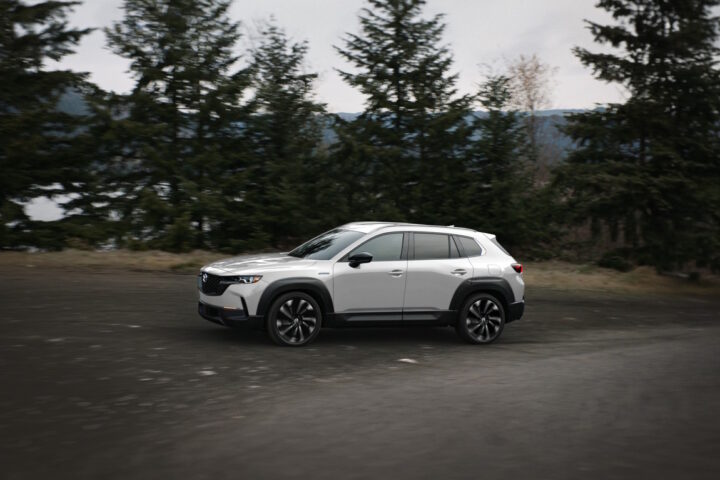
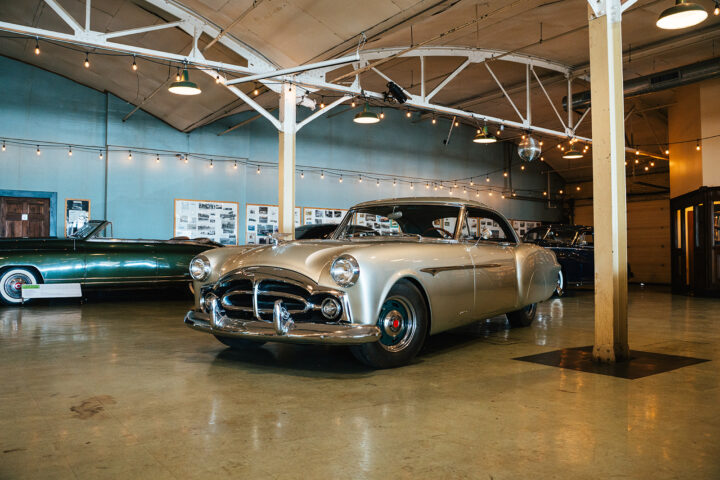
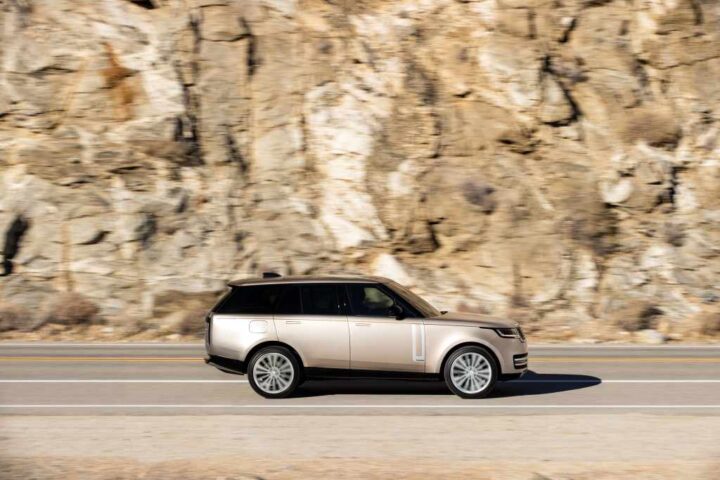
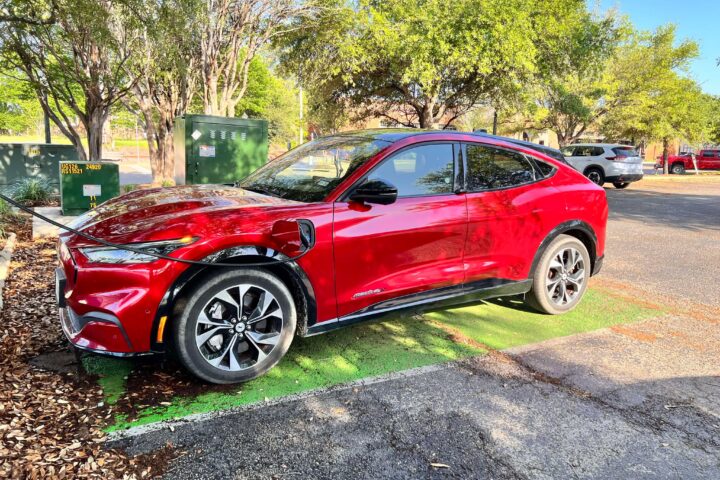
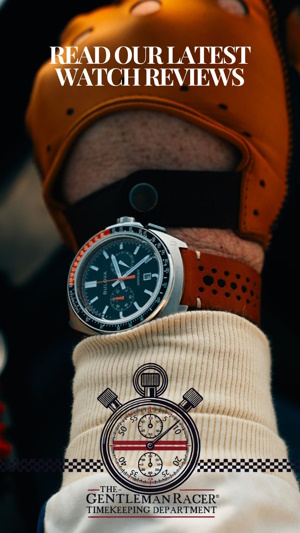

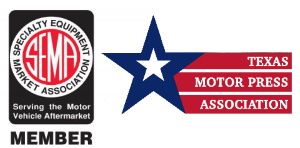
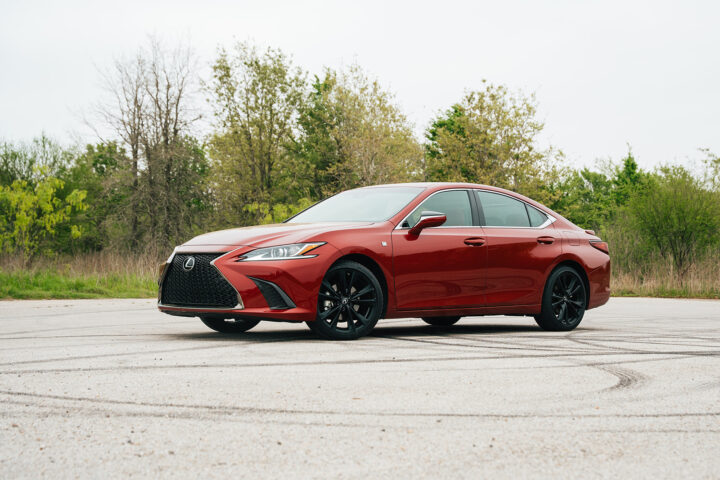
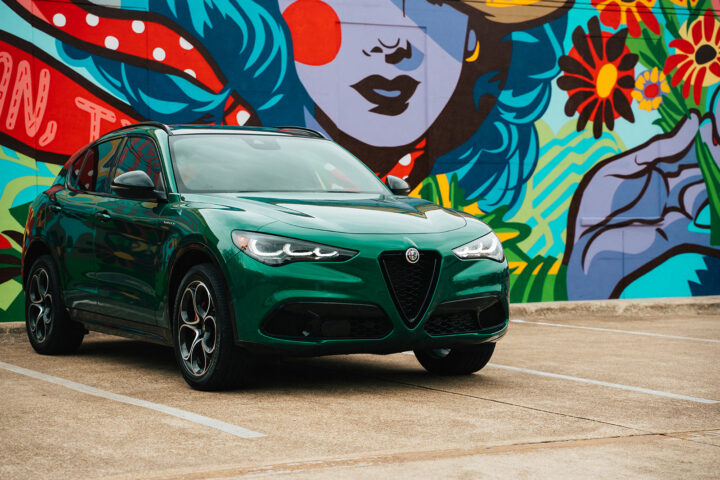

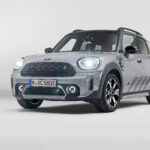
I recently came across your article and have been reading along, this story is old but I feel like it is happening again.